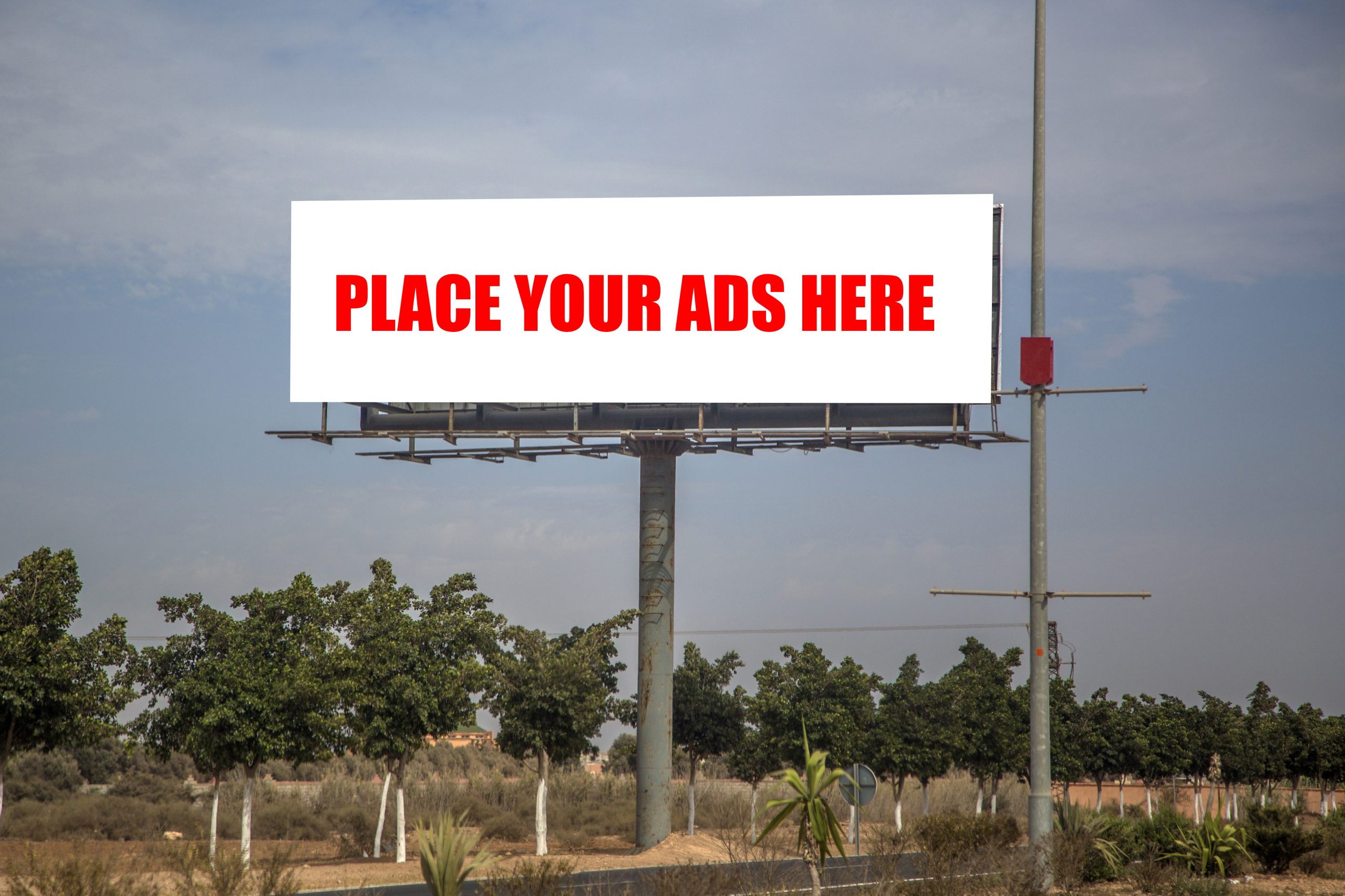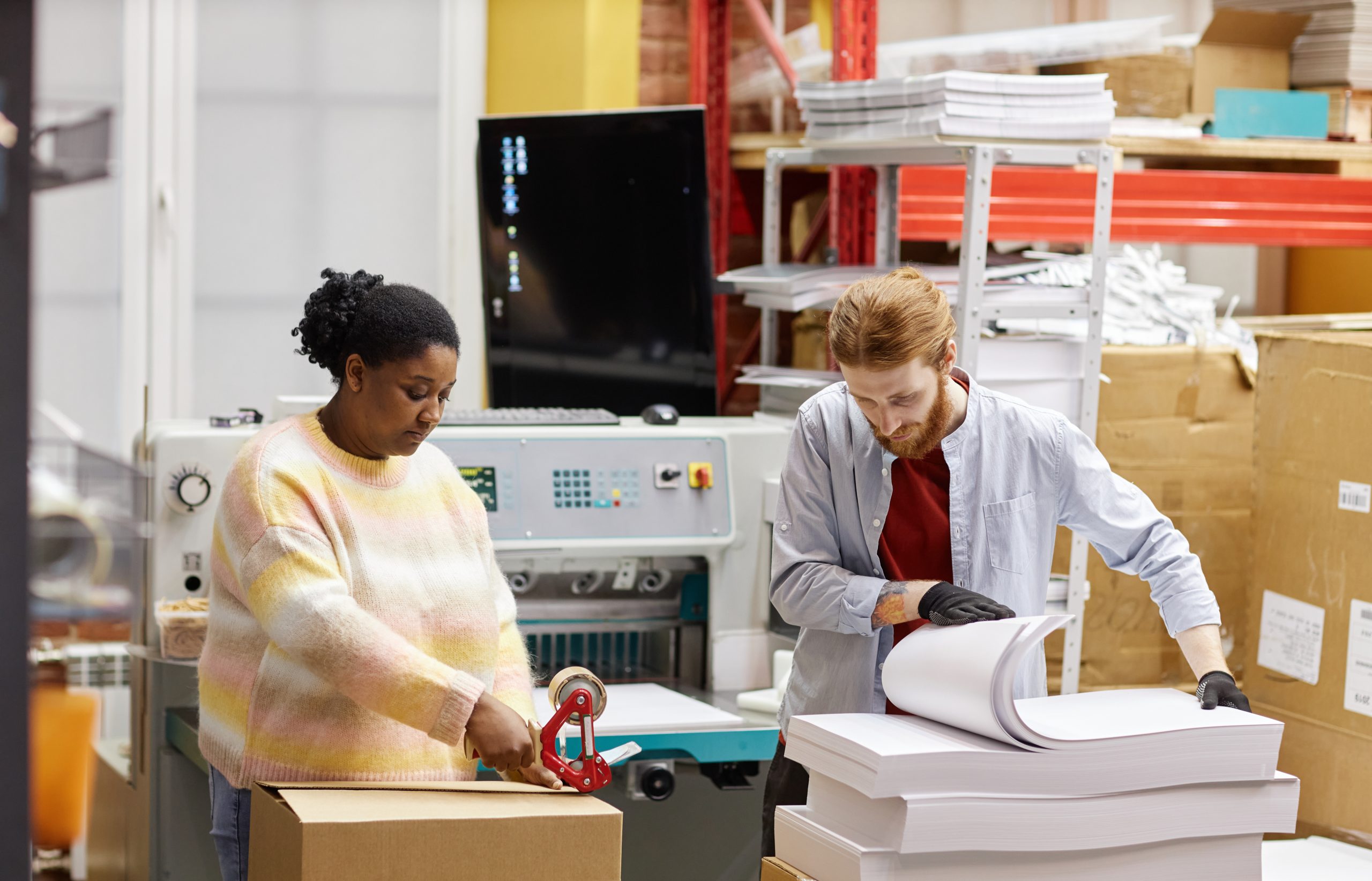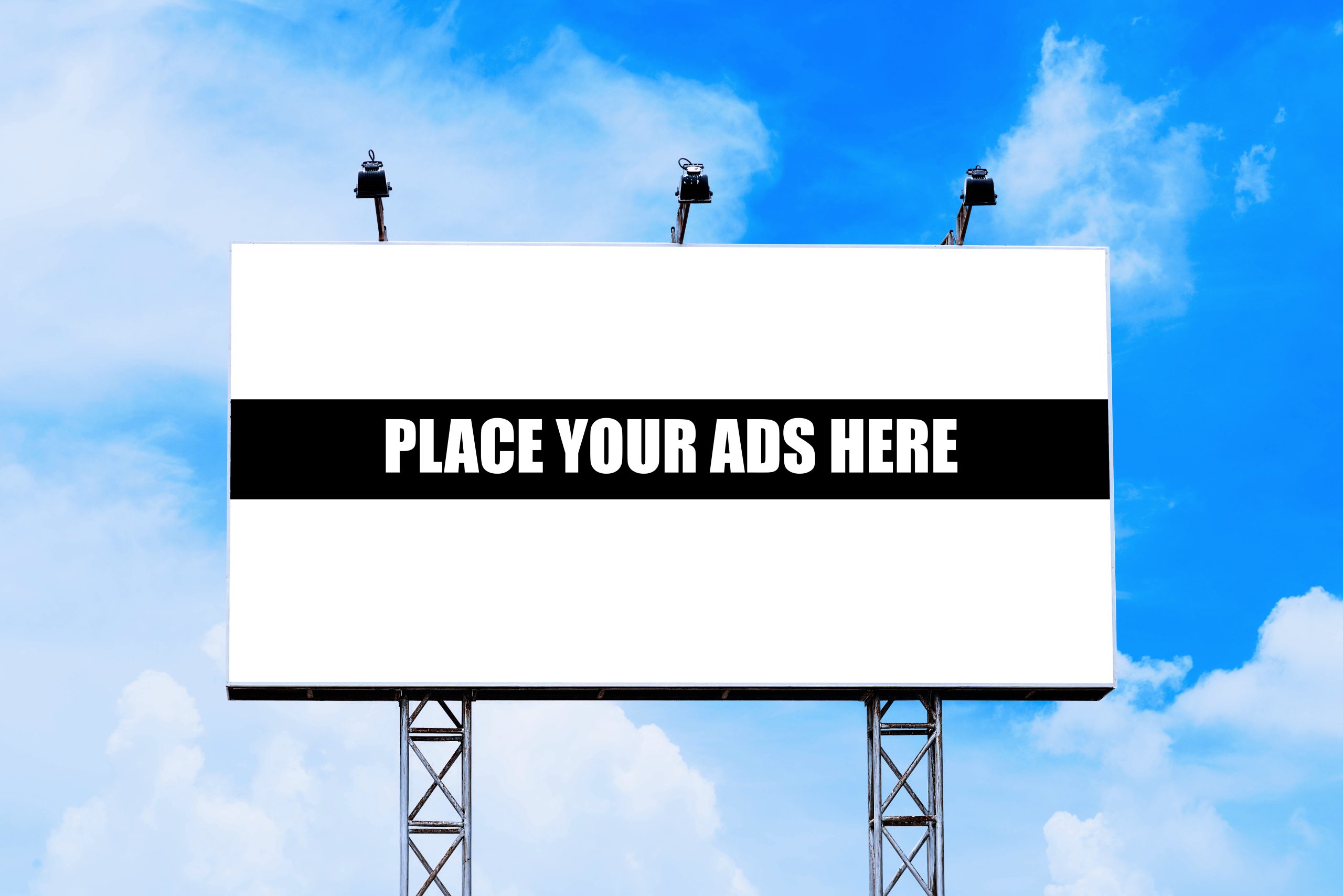Printing has been a vital part of communication and dissemination of information for centuries. The process of printing involves transferring ink or toner onto a substrate, such as paper or fabric, to create text or images. Over time, printing has evolved from manual methods, such as woodblock printing and letterpress, to more advanced and automated technologies, including digital and 3D printing.

The history of printing dates back to ancient civilizations, where people used stamps and seals to mark objects and documents. In the 15th century, Johannes Gutenberg revolutionized printing by inventing the movable type printing press, which allowed for the mass production of books and other printed materials. Since then, printing has continued to evolve and adapt to changing technologies and societal needs. Today, printing is used for a wide range of purposes, including advertising, education, art, and entertainment.
Key Takeaways
- Printing has a rich history that spans centuries and has played a crucial role in communication and information dissemination.
- Printing technologies have evolved from manual methods to advanced and automated processes, such as digital and 3D printing.
- Printing is used for a variety of purposes, including advertising, education, art, and entertainment.
History of Printing
Printing has a long and fascinating history that dates back to ancient times. The earliest known form of printing was done in China around 200 AD, using carved wooden blocks to print images onto paper. However, it was not until the 11th century that printing began to spread across Europe, where it was used primarily for printing religious texts.
In the 15th century, Johannes Gutenberg revolutionized the printing industry with the invention of the printing press. This allowed for the mass production of books and led to a surge in literacy rates across Europe. The printing press also played a crucial role in the Protestant Reformation, as it allowed for the widespread dissemination of religious texts in the vernacular languages.
Over the centuries, printing technology continued to evolve, with new innovations such as lithography, offset printing, and digital printing. Today, printing is an essential aspect of modern life, used for everything from printing books and newspapers to creating marketing materials and packaging.
Overall, the history of printing is a testament to human ingenuity and the power of ideas. From the earliest forms of printing to the latest digital technologies, printing has played a vital role in shaping our world and continues to do so today.
Types of Printing Technologies
Printing technologies have come a long way since the invention of the printing press. Today, there are several types of printing technologies available, each with its own advantages and disadvantages. In this section, we will discuss three of the most common types of printing technologies: offset printing, digital printing, and screen printing.
Offset Printing
Offset printing is one of the most popular printing processes used today. It involves transferring an image from a plate to a rubber blanket, which is then rolled onto paper. Offset printing is known for producing high-quality prints with vibrant colors and sharp details. It is also great for black-and-white printing. This process is ideal for printing large quantities of materials, such as magazines, brochures, and newspapers.
Digital Printing
Digital printing is a modern printing technology that uses digital files to produce prints. It is a cost-effective and time-efficient process that is perfect for short runs. Digital printing is known for producing the brightest colors and sharpest details. It is also great for printing on a variety of materials, including paper, plastic, and metal.
Screen Printing
Screen printing is a versatile printing process that can be used on a variety of materials, including paper, fabric, and plastic. It involves pushing ink through a stencil onto a substrate. Screen printing is known for producing bold and vibrant colors, making it a popular choice for printing t-shirts, posters, and signage.
In conclusion, choosing the right printing technology depends on the specific needs of the project. Offset printing is ideal for large quantities of materials, while digital printing is perfect for short runs and producing the brightest colors. Screen printing is versatile and can be used on a variety of materials. By understanding the advantages and disadvantages of each printing technology, you can make an informed decision on which one to use for your project.
Printing Materials
When it comes to printing, the materials used play a crucial role in determining the quality of the final output. In this section, we will discuss the different printing materials used and their importance.
Paper Types
The type of paper used in printing can have a significant impact on the final output. There are various paper types available, each with its unique characteristics. Some of the most common paper types used in printing include:
- Bond paper: This is a high-quality paper that is commonly used in printing professional documents such as resumes, letters, and contracts. It is durable and has a smooth finish that makes it easy to write on.
- Glossy paper: This type of paper has a shiny finish that makes colors appear more vibrant. It is commonly used in printing photographs, brochures, and flyers.
- Matte paper: This paper has a non-reflective finish that gives it a more subdued look. It is commonly used in printing documents that need to be easy to read, such as books and manuals.
- Cardstock: This is a thick, sturdy paper that is commonly used in printing business cards, postcards, and invitations. It is available in various weights and finishes.
Inks and Toners
In addition to paper, the type of ink or toner used in printing can also affect the final output. There are various types of inks and toners available, each with its unique characteristics. Some of the most common types include:
- Dye-based inks: These inks are commonly used in printing photographs and other graphics that require vibrant colors. They are known for their high-quality output and are often used in professional printing.
- Pigment-based inks: These inks are more durable than dye-based inks and are commonly used in printing documents that need to be long-lasting, such as contracts and legal documents.
- Toner: This is a fine powder that is used in laser printers. It is known for its sharp, precise output and is commonly used in printing documents that need to be easy to read, such as reports and presentations.
In conclusion, choosing the right printing materials is essential in achieving high-quality output. By understanding the different paper types and inks/toners available, you can make an informed decision on which materials to use for your printing needs.
Printing Services
Printing is a crucial aspect of any business or personal project. It is essential to have access to reliable printing services to ensure that your project is completed on time and to the highest quality. In this section, we will discuss the different types of printing services available to you.
Self-Service Printing
Self-service printing is a convenient and cost-effective option for those who need to print documents or images quickly. Most self-service printing centers offer a variety of paper sizes, weights, and colors, as well as different finishing options, such as stapling and binding.
Self-service printing centers also provide access to computers, scanners, and design software, making it easy for customers to create and print their own designs. This service is ideal for those who need to print a small number of documents or images, such as flyers, brochures, or business cards.
Professional Printing Services
Professional printing services offer a higher level of quality and customization than self-service printing. These services are ideal for those who need to print a large number of documents or images, such as marketing materials or product catalogs.
Professional printing services also offer design services, allowing customers to work with a team of experts to create custom designs that meet their specific needs. These services use high-quality paper and ink, ensuring that the final product is professional-looking and long-lasting.
In conclusion, whether you need self-service printing for a small project or professional printing services for a large project, there are many options available to you. It is important to choose a reliable printing service that can meet your specific needs and deliver high-quality results.
Print Products
Printing is an essential part of marketing and branding, and it is important to have high-quality print products that reflect your business’s values and message. Here are some of the most common print products that businesses use:
Marketing Materials
Marketing materials are designed to promote a business’s products or services. They can include business cards, brochures, flyers, and postcards. Business cards are often the first impression that a potential customer has of a business, so it is important to make them stand out with a professional design and high-quality printing. Brochures and flyers are a great way to provide more detailed information about a business’s products or services, while postcards can be used to promote sales or events.
Stationery
Stationery includes items such as letterheads, envelopes, and notepads. These items are used for everyday business correspondence and can help to establish a professional image for a business. High-quality printing is important for stationery to ensure that it looks professional and reflects the business’s brand.
Photo-Based Products
Photo-based products are a great way to showcase a business’s products or services. They can include items such as banners, posters, photo gifts, and home decor. Banners and posters are often used for advertising and can be printed in a variety of sizes to suit different needs. Photo gifts and home decor items can be used to promote a business’s products or services in a more personal way.
Overall, having high-quality print products is essential for any business looking to promote its products or services. By investing in professional printing services, businesses can ensure that their print products look professional and reflect their brand’s values and message.
Design and Templates
When it comes to printing, having a well-designed template can make all the difference in the final product. There are two main options for obtaining a design template: using pre-made templates or custom design services.
Using Design Templates
Pre-made design templates are a great option for those who may not have a lot of design experience or are looking for a quick and easy solution. Many printing companies offer a variety of templates that can be easily customized to fit your specific needs. These templates come in a variety of sizes and styles, from business cards to flyers and brochures.
When using a pre-made template, it is important to ensure that all of the necessary information is included and that the design is visually appealing. It is also important to follow any specific guidelines or requirements provided by the printing company to ensure that the final product is of high quality.
Custom Design Services
For those who require a more unique and customized design, custom design services are available. These services typically involve working with a professional designer to create a design that is tailored to your specific needs and preferences.
Custom design services can be more expensive than using pre-made templates, but they offer a higher level of customization and control over the final product. It is important to communicate your vision and expectations clearly to the designer to ensure that the final product meets your needs.
Overall, whether using pre-made templates or custom design services, having a well-designed template is essential for achieving a high-quality final product.
Top Recommended Printers:
https://s3.us-west-1.amazonaws.com/www.orangecountyprinting.net/index.html
https://s3.us-west-1.amazonaws.com/bostonprintservices.com/Index-Swifty.html
https://s3.us-west-1.amazonaws.com/losangelesprinting.net/Index-C%26M.html
Finishing and Binding Options
Printing is not just about producing high-quality prints, but also about providing a complete solution that meets the needs of the customer. Finishing and binding options are an essential part of the printing process that can enhance the look, feel, and durability of the final product.
Cutting and Trimming
Cutting and trimming are essential finishing options that ensure the final product has clean and straight edges. The process involves cutting the paper or card to the required size and shape using a guillotine or a rotary trimmer. This option is particularly useful for business cards, flyers, and brochures.
Folding and Binding
Folding and binding are essential finishing options that can add a professional touch to the final product. Folding involves creasing the paper or card to create a neat and tidy fold. This option is particularly useful for brochures, leaflets, and invitations.
Binding options include saddle-stitching, perfect binding, and wire-o binding. Saddle-stitching involves folding the pages and stapling them together along the spine. Perfect binding involves gluing the pages together along the spine, creating a flat edge. Wire-o binding involves punching holes along the spine and binding the pages together with a wire coil.
Other finishing options include laminating, embossing, and foiling. Laminating involves adding a protective layer to the print, making it more durable and long-lasting. Embossing involves creating a raised or recessed design on the print, adding texture and depth. Foiling involves adding a metallic or glossy finish to the print, making it stand out.
In conclusion, finishing and binding options are essential elements of the printing process that can enhance the look, feel, and durability of the final product. By offering a range of options, printers can provide customers with a complete solution that meets their needs and exceeds their expectations.
Direct Mail Services
Direct mail services are a valuable tool for businesses looking to promote their offers and deals to a targeted audience. With direct mail, businesses can reach potential customers through physical mail, which can be more effective than digital advertising in some cases.
Direct mail services allow businesses to create custom mail pieces that can be sent to a specific audience. This audience can be selected based on a variety of factors, including demographics, location, and interests. By targeting a specific audience, businesses can increase the effectiveness of their marketing efforts and improve their return on investment.
Direct mail services also offer a variety of options for businesses to choose from. These options include postcards, letters, brochures, and more. Each option has its own benefits and can be customized to fit the specific needs of the business.
In addition to creating custom mail pieces, direct mail services also handle the printing, addressing, and mailing of the mail pieces. This saves businesses time and resources, allowing them to focus on other aspects of their marketing efforts.
Overall, direct mail services are a valuable tool for businesses looking to promote their offers and deals to a targeted audience. By utilizing direct mail, businesses can increase the effectiveness of their marketing efforts and improve their return on investment.
Business Solutions
Corporate Accounts
Printing companies understand that businesses have unique needs when it comes to printing. They often offer corporate accounts to businesses that require a lot of printing. Corporate accounts allow businesses to place orders quickly and easily, saving time and hassle. They also provide businesses with access to discounts and special pricing.
To create a corporate account, businesses simply need to contact the printing company and provide some basic information. Once the account is set up, businesses can place orders online or over the phone. Many printing companies also offer customized ordering portals for their corporate clients.
Project Management
Printing projects can be complex and time-consuming. That’s why many printing companies offer project management services to their clients. Project managers can help businesses plan and execute complex printing projects from start to finish.
Project managers work closely with clients to understand their needs and goals. They help clients choose the right materials, design the project, and manage the printing process. They also ensure that projects are completed on time and within budget.
Whether businesses need to create signs, brochures, or other printed materials, printing companies can help. With corporate accounts and project management services, businesses can get the printing solutions they need to succeed.
Online Printing Platforms
Online printing platforms have revolutionized the way people order printed materials. With just a few clicks, customers can order anything from business cards to large banners. The convenience of online printing has made it a popular choice for businesses and individuals alike.
Ordering Process
The ordering process for online printing platforms is straightforward. Customers can upload their designs or use templates provided by the platform. They can choose the type of paper, finish, and quantity they want. The platform will then provide an estimated delivery date and cost. Customers can pay online and track their order until it is delivered.
One of the benefits of online printing is the ability to order from anywhere at any time. Customers can order from the comfort of their home or office, without having to visit a physical store. This saves time and money, making it a popular choice for busy professionals.
Account Management
Online printing platforms also offer account management features. Customers can create an account to save their designs and preferences. This makes it easier to reorder materials in the future. They can also track their order history and invoices.
Creating an account is usually free and only takes a few minutes. Customers can access their account from any device, making it easy to manage their printing needs on-the-go.
Overall, online printing platforms offer a convenient and cost-effective way to order printed materials. With easy ordering and account management features, customers can save time and money while getting high-quality prints.
Environmental Impact of Printing
Printing has been an essential part of our lives for centuries, but it has also caused significant environmental impacts. In this section, we will explore the various environmental impacts of printing and the steps that can be taken to minimize them.
Paper
One of the most significant environmental impacts of printing is the use of paper. The production of paper requires a large amount of energy, water, and wood, which can lead to deforestation and habitat destruction. Additionally, the disposal of paper waste in landfills can contribute to greenhouse gas emissions.
To minimize the environmental impact of paper, individuals and businesses can take several steps. They can use recycled paper, which reduces the need for new trees to be cut down. They can also reduce paper usage by printing double-sided, using digital documents, and recycling paper waste.
Ink
The ink used in printing can also have environmental impacts. Traditional ink contains harmful chemicals that can pollute the air and water. Additionally, the production of ink requires a significant amount of energy.
To minimize the environmental impact of ink, individuals and businesses can use eco-friendly ink. Eco-friendly ink is made from natural materials, such as soy and vegetable oil, and does not contain harmful chemicals. It also requires less energy to produce.
Energy
Printing requires a significant amount of energy, which can contribute to greenhouse gas emissions. The energy used in printing comes from various sources, such as coal, natural gas, and oil.
To minimize the environmental impact of energy use in printing, individuals and businesses can use energy-efficient printers and reduce printing frequency. They can also use renewable energy sources, such as solar and wind power, to power their printing operations.
In conclusion, printing has significant environmental impacts, but steps can be taken to minimize them. By using recycled paper, eco-friendly ink, energy-efficient printers, and renewable energy sources, individuals and businesses can reduce their environmental footprint while still meeting their printing needs.
Future of Printing
Printing has come a long way since its inception, and the future of printing looks promising. With advancements in technology, printing has become faster, more efficient, and more cost-effective. In the future, printing will continue to evolve, and new technologies will emerge.
One of the most significant trends in the future of printing is the shift towards digital printing. Digital printing is becoming increasingly popular due to its ability to produce high-quality prints quickly and efficiently. This technology is particularly useful for short-run printing, which is becoming more common as businesses look for ways to reduce waste and save money.
Another trend in the future of printing is the development of 3D printing technology. 3D printing has the potential to revolutionize the way we manufacture products, as it allows us to produce complex shapes and structures that would be impossible to create using traditional manufacturing methods. This technology is already being used in a variety of industries, from aerospace to healthcare, and it is expected to become more widespread in the future.
In addition to these trends, there are also several other developments in the future of printing that are worth mentioning. For example, there is a growing interest in sustainable printing practices, which aim to reduce the environmental impact of printing. This includes using eco-friendly inks and papers, as well as implementing recycling programs.
Overall, the future of printing looks bright, with new technologies and trends emerging all the time. As printing continues to evolve, it will become even more efficient, cost-effective, and environmentally friendly.
Frequently Asked Questions
How can I find the best local printing services?
To find the best local printing services, one can start by asking for recommendations from friends, family, or colleagues. Another way is to conduct an online search and read reviews from previous customers. It’s also important to consider factors such as the types of printing services offered, the quality of the prints, and the price.
What are the differences between home and professional printing?
Home printing is generally done on a smaller scale and with less expensive equipment, resulting in lower quality prints. Professional printing, on the other hand, uses high-quality equipment and materials, resulting in higher quality prints. Professional printers also have the expertise to handle complex printing jobs.
What should I consider when choosing an online printing service?
When choosing an online printing service, one should consider factors such as the types of printing services offered, the quality of the prints, the price, and the turnaround time. It’s also important to read reviews from previous customers and check the company’s reputation.
How do I prepare a file for poster printing to ensure high quality?
To prepare a file for poster printing, one should ensure that the file is in the correct format and resolution. It’s also important to use high-quality images and fonts, and to make sure that the colors are accurate. It’s recommended to use a professional graphic design software to create the file.
What are the typical costs associated with professional printing services?
The cost of professional printing services can vary depending on factors such as the type of printing service, the quantity of prints, and the quality of the prints. It’s important to get a quote from the printing service beforehand to avoid any surprises.
How can I ensure color accuracy when printing my materials?
To ensure color accuracy when printing materials, one should use high-quality images and make sure that the colors are calibrated correctly. It’s also important to choose the right paper and ink for the job. It’s recommended to work with a professional printer who has the expertise to handle color accuracy.













 Starting a business in Phoenix, AZ involves several key steps, such as developing a business idea, creating a business plan, registering your business, obtaining licenses and permits, securing funding, finding a location, hiring employees, establishing a brand, launching your business, and maintaining your business.
Starting a business in Phoenix, AZ involves several key steps, such as developing a business idea, creating a business plan, registering your business, obtaining licenses and permits, securing funding, finding a location, hiring employees, establishing a brand, launching your business, and maintaining your business. Build A Network
Build A Network





















 In fact, local businesses are often one of the key factors that make a city unique. Every city has its own distinct character, and local businesses are a big part of what gives a city its flavor. When you visit a new city, it’s often the local businesses that you seek out – the neighborhood cafes, boutiques, and bookstores that can’t be found anywhere else.
In fact, local businesses are often one of the key factors that make a city unique. Every city has its own distinct character, and local businesses are a big part of what gives a city its flavor. When you visit a new city, it’s often the local businesses that you seek out – the neighborhood cafes, boutiques, and bookstores that can’t be found anywhere else.